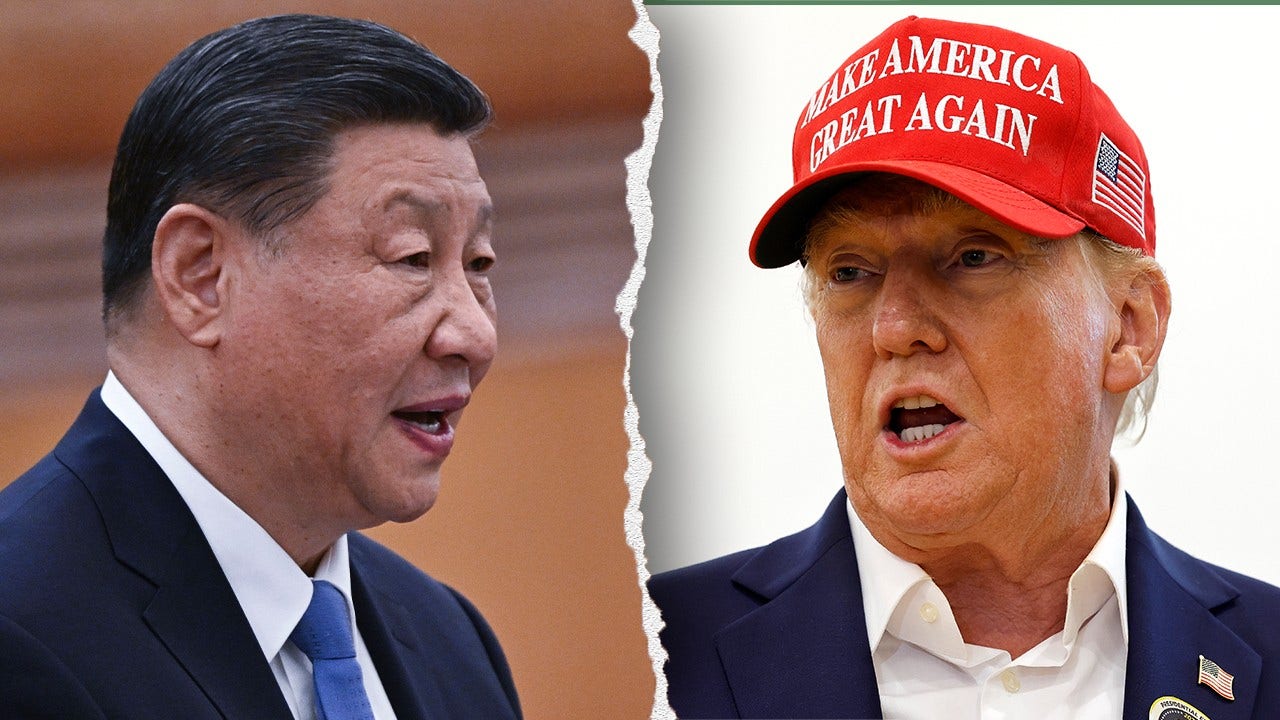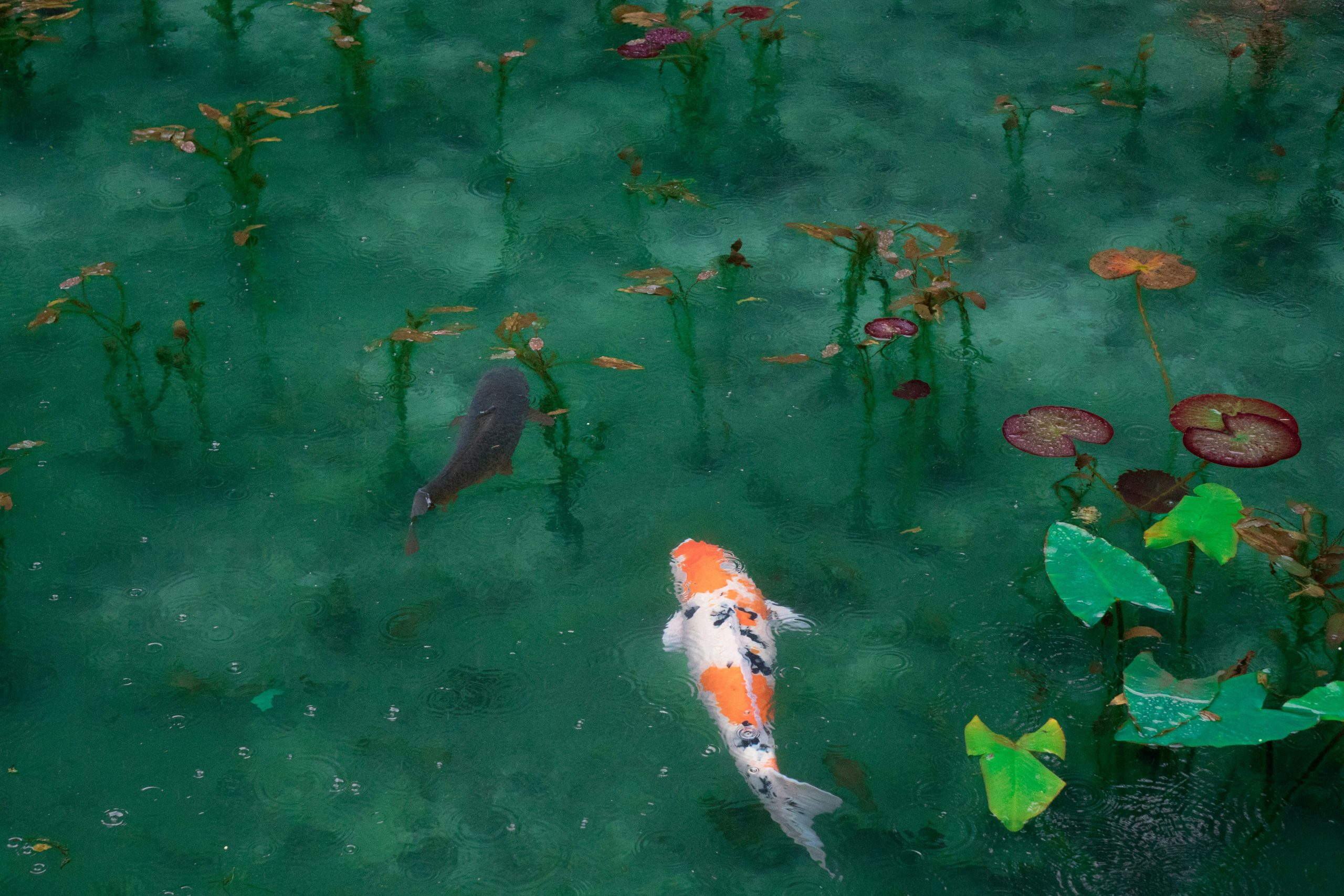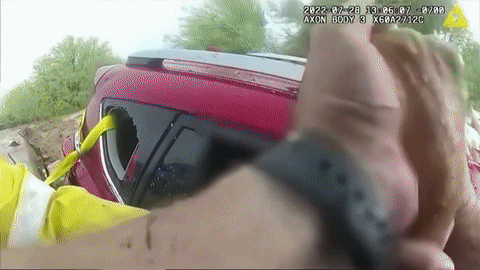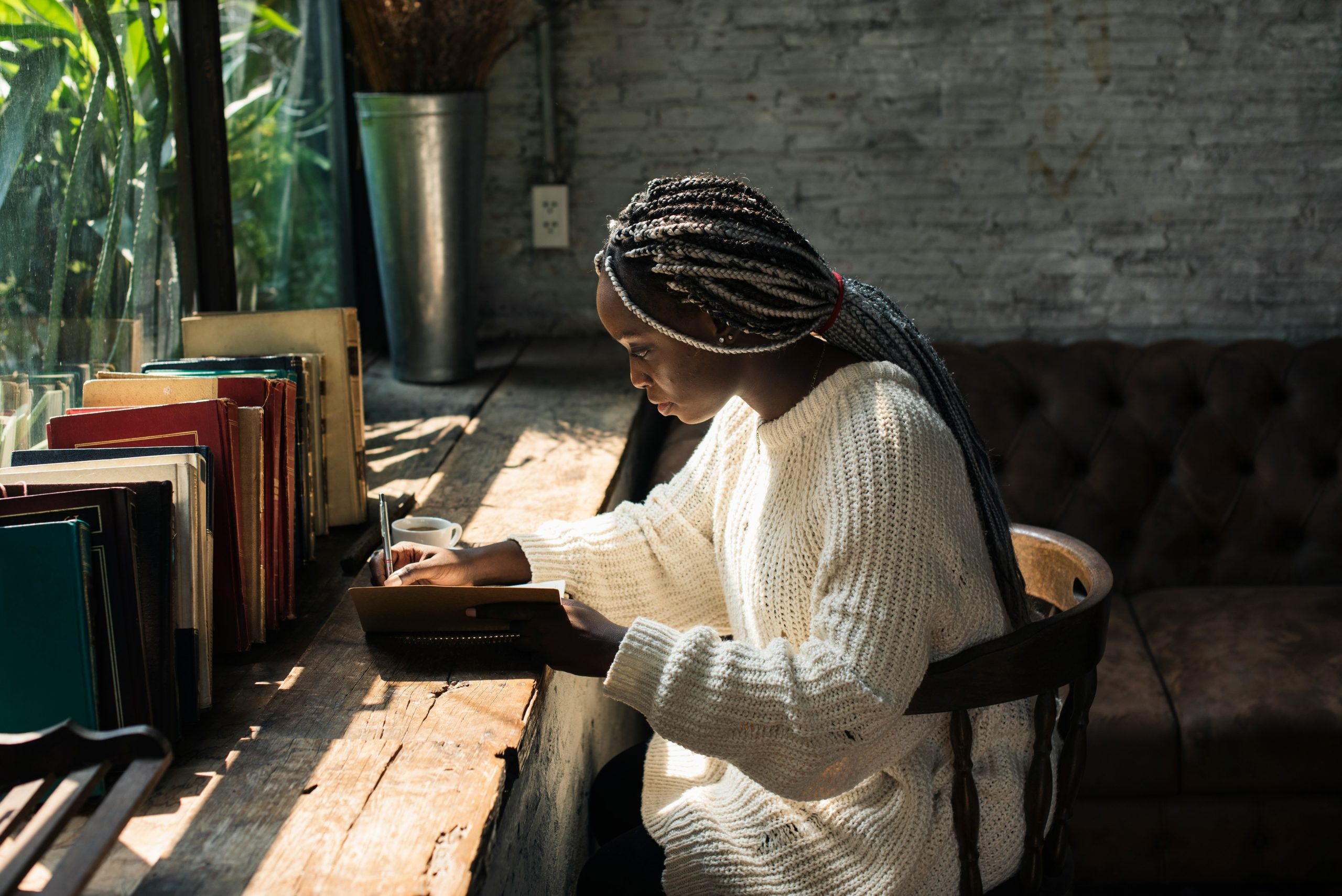A stretchy material developed for holograms and an obsolete photography technique from the 19th century have been combined to create a material that changes colour as its tension changes
Technology
1 August 2022
An obsolete photographic technique that won a Nobel prize more than a century ago has been resurrected to create a novel material that changes colour when stretched. It could be used to make bandages that warn medics if they are being wrapped too loosely, or mechanical sensors that require no electronics.
Materials that change colour under tension have been made before in laboratories, but scaling the process up has proved tricky and expensive. The precision with which different colours can be printed on these materials has also been poor in general.
Now, Benjamin Harvey Miller at the Massachusetts Institute of Technology (MIT) and his colleagues have revived a technique called Lippmann photography, named after physicist Gabriel Lippmann, to create a cheap method that could print even the most intricate designs in multicolour onto a stretchable material. When this material is put under strain, the colours move along the spectrum of visible light, with red sections first moving into greens and then blues.
Lippman never saw commercial success with the colour photography technique he developed in the 1890s – which involved coating a glass plate with an emulsion of fine grains – because exposure times of photographs often reached into hours and images couldn’t be replicated from negatives. But his work nonetheless won him the Nobel prize in physics in 1908.
Harvey Miller realised that the technique could be used to print onto a material called a photoelastomer – which can change in response to light being shone on it – instead of glass slides, by beaming the desired image onto it with a digital projector.
He says the material the team used was created for holograms, where its elasticity is an undesirable property that means it is normally attached to a rigid backing plate.
“On a whim, I got one of these high-school hologram kits that you could buy in a museum or something,” says Harvey Miller. “And it turned out that I had most stuff in it that we needed. Now, having spent three years of my PhD trying other ways of doing this, I was almost annoyed, actually.”
This image changes colour as the material it is printed on is stretched Massachusetts Institute of Technology
It was a surprise that a combination of materials developed for holographics and an obsolete photography technique could be combined to create materials with novel characteristics, he says. “This technique was sat there for a very long time without really being touched,” says Harvey Miller. “When we figured this out and started looking at writing a paper, for the first couple of months, we were like ‘surely someone has done this, this is sort of there in plain sight’, but they just hadn’t.”
The team says that one application for the material could be mechanical sensors that can show stress and strain visibly, without the need for electronics. It could also be used in medical bandages to show how tightly they are being applied, or incorporated into clothing for fun.
Team member Mathias Kolle, also at MIT, says similar advances may be possible by combining old scientific techniques and materials that weren’t available at the time. “I think more people in science should look at the 50s and 60s, or even two centuries back, and say ‘hey, what did people do that was way ahead of their time? What are the things that they had as conceptions, but the materials were simply not there?’”
Journal reference: Nature Materials, DOI: 10.1038/s41563-022-01318-x
More on these topics:



























































